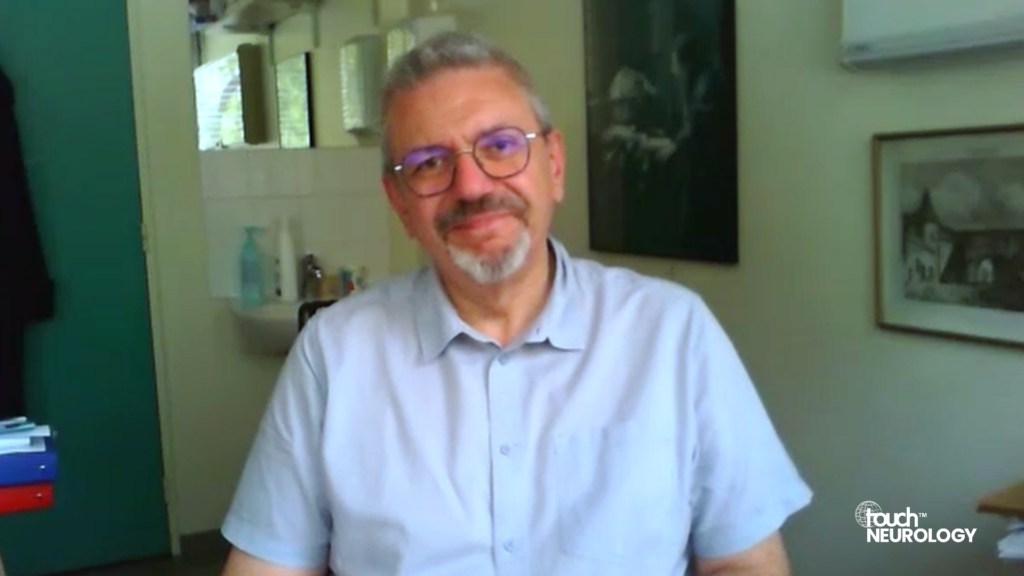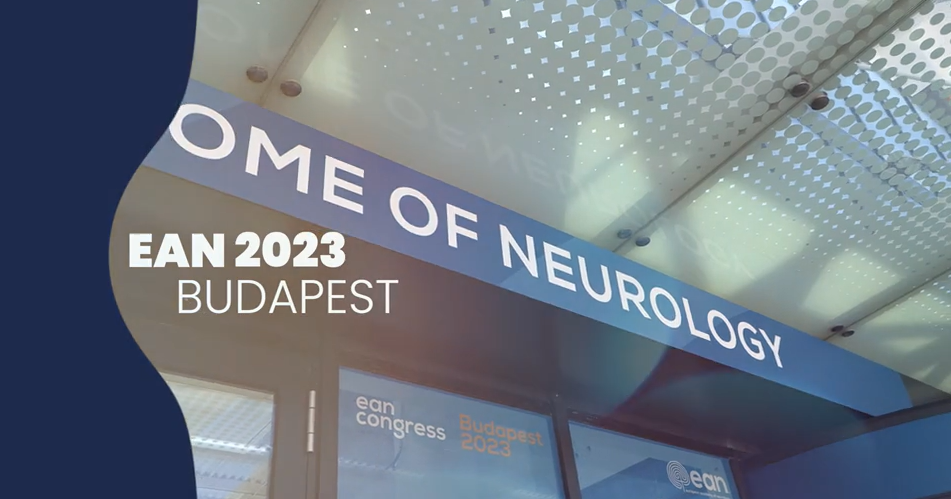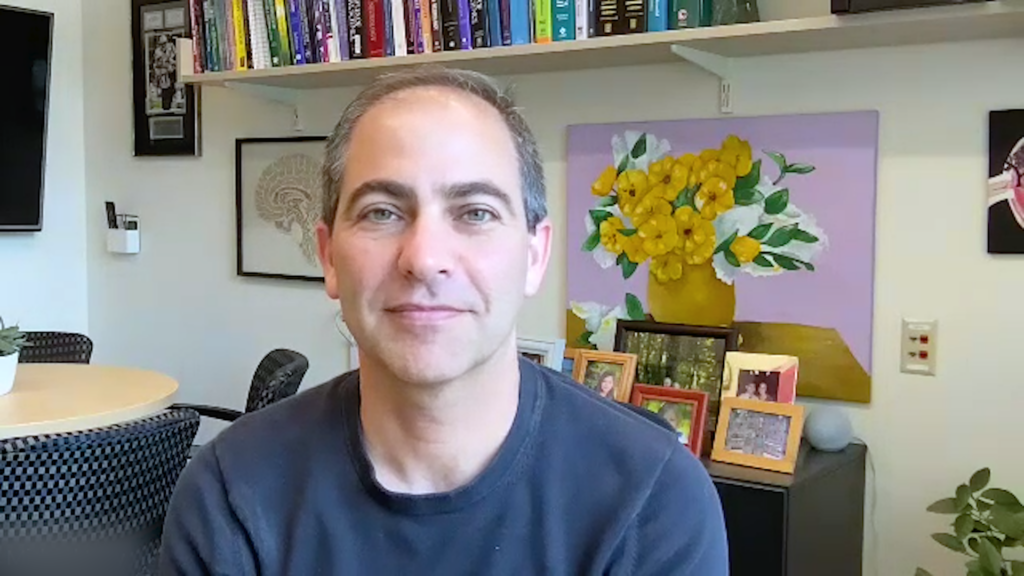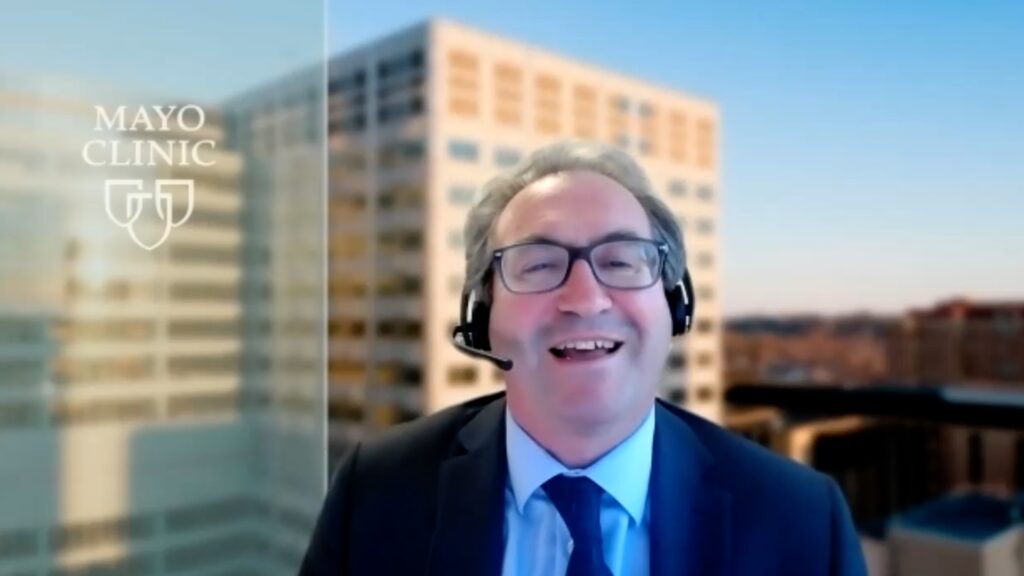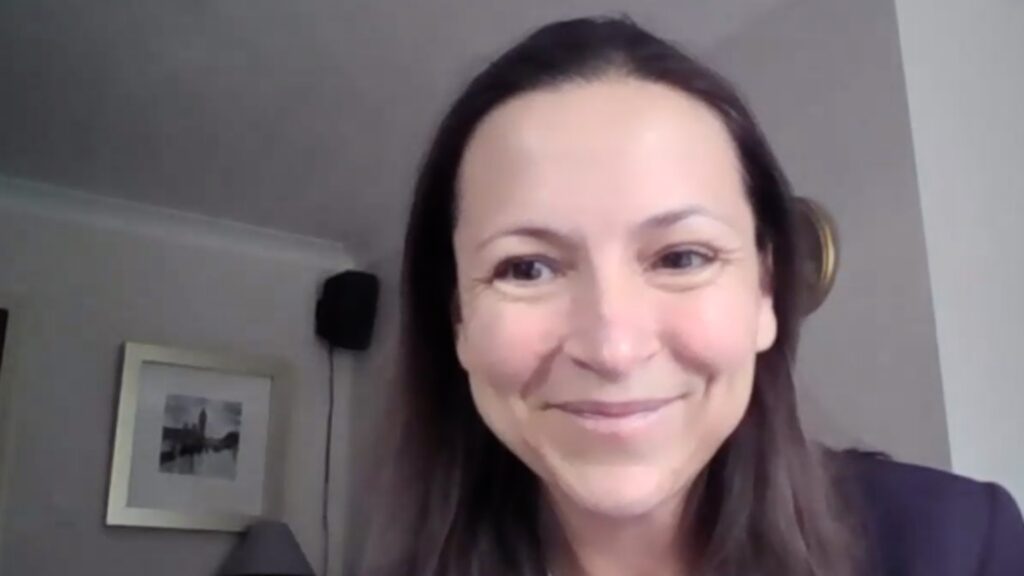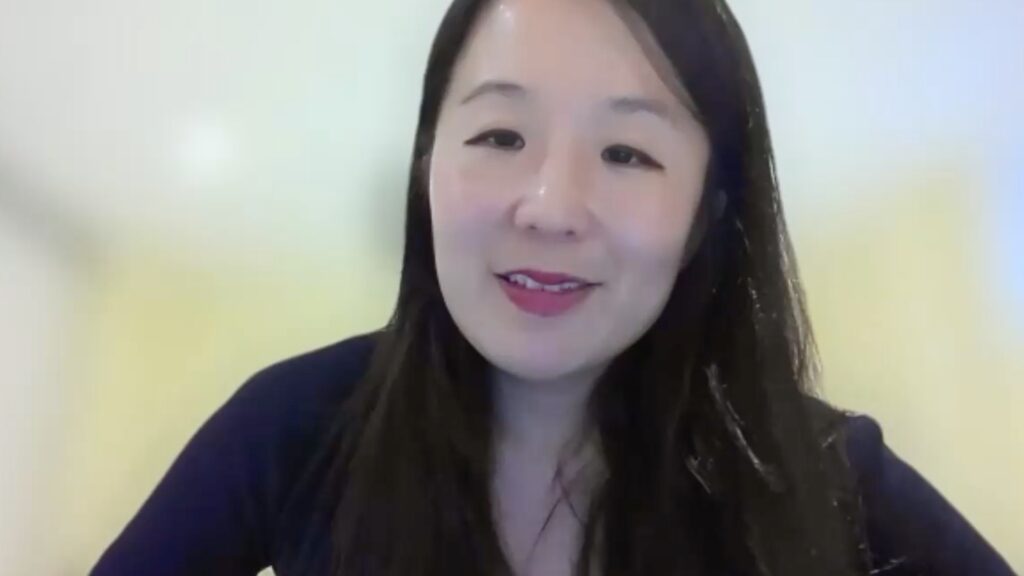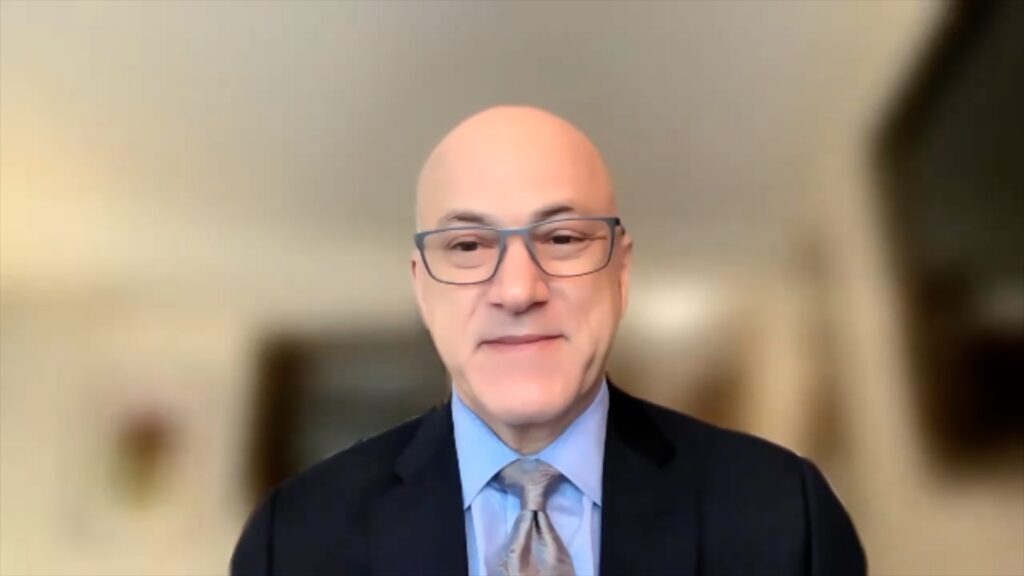Expert interview with Prof. Tomas Kalincik, Dame Kate Campbell Professorial Fellow, Head of the Clinical Outcomes Research (CORe) Unit, University of Melbourne and MS Centre, Royal Melbourne Hospital, Victoria, Melbourne, Australia.

Together with his research group, CORe, Prof Tomas Kalincik specialises in analytics of observational data in neurology. He is the chair of the Scientific Leadership Group of the global MSBase collaboration. He has launched CORe Advanced Statistics Course, an international course held in Melbourne, Australia, endorsed by the European Committee for Treatment and Research in Multiple Sclerosis, which teaches advanced statistical methods to clinical researchers in neurology. He has led several international collaborative research projects and his work has influenced clinical practice in treatment of multiple sclerosis (MS), including discoveries in comparative treatment effectiveness, management of treatment failure and individual treatment response. His main research interests span treatment and outcomes of MS and neuromyelitis optica spectrum disorder, individualised therapy, prognostics (including emerging biomarkers), causal inference, epidemiology and utility of volumetric MRI.
Despite the development of an increasing number of disease-modifying therapies (DMTs) in recent years, many patients with MS experience repeated relapses and disability progression.1 In these patients, and those with highly active disease, chemotherapy followed by autologous hematopoietic stem cell transplantation (AHSCT) can be a very effective procedure, and is gaining popularity in the MS world.2,3 However, there are no direct, randomized, comparative trial data comparing its efficacy to that of DMTs.
In a study (Abstract O019) presented at the ECTRIMS, 38th Congress of the European Committee for Treatment and Research in Multiple Sclerosis (ECTRIMS) congress, Prof. Tomas Kalincik compared the effectiveness of AHSCT with fingolimod, ocrelizumab, and natalizumab therapy by emulating a series of pairwise trials.4
What was the rationale for the study you are presenting?
This study emulated a series of pairwise trials of comparative effectiveness of AHSCT vs. fingolimod, ocrelizumab and natalizumab.
What were the design and eligibility criteria of the study?
Patients with relapsing-remitting MS from 6 AHSCT MS centres in Ottawa, Uppsala, Sheffield, Bergen, Sydney and Melbourne were combined with patients from MSBase. Patients were included if they were treated with AHSCT or one of the study therapies and had sufficient information recorded before and after the start of the therapy (baseline). They were matched in pairwise comparisons on a propensity score derived from sex, age, disability score (EDSS), number of relapses 12 and 24 months before baseline, time from MS onset, the most effective prior therapy and country. The pairwise-censored groups were compared on annualised relapse rates (ARR) and freedom from relapses and 6-month confirmed EDSS worsening and improvement.
How did autologous hematopoietic stem cell transplantation (AHSCT) compare with fingolimod, ocrelizumab and natalizumab in terms of relapses and disability score?
The matched patients had high mean disease activity (>0.9 relapses in the prior year) and mean EDSS 3-4. In comparison to fingolimod (n=612), matched AHSCT (n=120) experienced less relapses, similar risk of EDSS worsening and higher chance of disability improvement. Ocrelizumab (n=303) and AHSCT (n=91) were associated with similar risk of relapses, EDSS worsening and EDSS improvement. Natalizumab (n=606) and AHSCT (n=116) were associated with similar risk of relapses and EDSS worsening . EDSS improvement was more common after AHSCT.
In conclusion, among patients with highly active MS with moderate disability, AHSCT is superior to fingolimod and comparable with ocrelizumab and natalizumab in preventing relapses. AHSCT is associated with higher rate of recovery from disability then natalizumab, a therapy that is known for reduction of disability in trials.
What questions remain unanswered and what future studies are planned?
Randomised controlled trials comparing AHSCT to highly effective DMTs are presently underway.
References:
-
- Rotstein DL, Healy BC, Malik MT, et al. Evaluation of no evidence of disease activity in a 7-year longitudinal multiple sclerosis cohort. JAMA Neurol 2015; 72:152–158.
- Bose G, Thebault S, Rush CA, et al. Autologous hematopoietic stem cell transplantation for multiple sclerosis: A current perspective Mult Scler. 2021; 27:167-173.
- Sharrack B, Saccardi R, Alexander T et al Autologous haematopoietic stem cell transplantation and other cellular therapy in multiple sclerosis and immune-mediated neurological diseases: updated guidelines and recommendations from the EBMT Autoimmune Diseases Working Party (ADWP) and the Joint Accreditation Committee of EBMT and ISCT (JACIE) Bone Marrow Transplant 2020; 55:283–306 .
- Kalincik T, et al. Comparative effectiveness of autologous haematopoietic stem cell transplantation vs. fingolimod, ocrelizumab and natalizumab in relapsing-remitting MS. Abstract O019, ECTRIMS 2022, 26–28 October, Amsterdam, the Netherlands.
Article information:
Disclosures: Tomas Kalincik has received grant/research support from Biogen, Novartis, Genzyme, Roche, Celgene and Merck; is on the Advisory Board for MS International Federation and World Health Organisation, BMS, Roche, Janssen, Sanofi Genzyme, Novartis, Merck and Biogen; and is a speaker’s bureau participant for WebMD Global, Eisai, Novartis, Biogen, Roche, Sanofi-Genzyme, Teva, BioCSL and Merck.
Data availability: Data sharing is not applicable to this article as no datasets were generated or analysed during the current study/during the writing of this article.
Access: This article is freely accessible at touchNEUROLOGY.com © Touch Medical Media 2022
Corresponding author: Tomas Kalincik, University of Melbourne and MS Centre, Royal Melbourne Hospital, Victoria, Melbourne, Australia
Support: Writing of this article was supported by Touch Medical Media.


